He is a BAFTA winner. His film Ida won an Academy Award for Best Foreign Language Film in 2015. He also has five European Film Awards and a Goya, among other accolades. His last film, Cold War, was a critically acclaimed masterpiece, earning him a Best Director Oscar nomination. In the last 5 years, Pawel Palikowski has paved a career path that has made him an international icon in cinema. ‘Pawel Pawlikowski’s Top 10 Films’ is a query we all want answers for.
About the following list, he shared this note: “As there are no objective norms in these matters, and as nobody is interested in another Citizen Kane, Vertigo, Bicycle Thieves . . . kind of list, it’s best to be very personal. I’ve lived a long life, and these are films that I’ve fallen in love with at some point, films I’ve watched over and over.”
1. A Hard Day’s Night (1964) | Director: Richard Lester
“I saw it when I was seven and it has stayed with me probably more than I’m aware of. I loved the Beatles and owned a bootleg single of “All My Loving,” so when the film came to my local cinema in Warsaw—called Moskwa (Moscow)—I queued up for half a day and got in. The film didn’t make much sense story-wise, but it was a mind-blowing experience.
Must-Read: Martin Scorsese’s Top 10 Films of All Time
I remember it so vividly—the energy, the jokes, the crisp black-and-white shots, and above all the music. It’s a film that is carried by music, which was something new for me at the time. Was it the first music video? I think that British pop was responsible for some of the most inventive British films (OK, Richard Lester was American, but it’s still a very British film).”
2. Some Like It Hot (1959) | Director: Billy Wilder
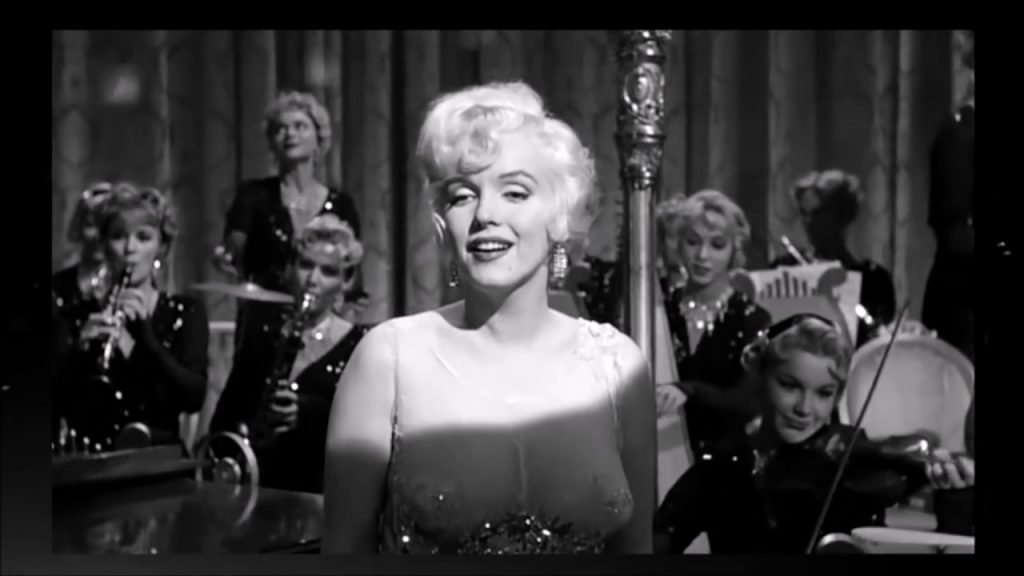
“When I was a kid it was shown each year around Christmas on Polish state television. No idea why—maybe the communist authorities hoped Marilyn Monroe would undermine the solemn spirit of Christian Christmas.
Recommended: 5 Must-See Films of Otto Preminger
It was a favorite of my father’s and I remember watching it with him as a kid and not getting any of the subtleties but just being gripped by that world, the cool characters, the beautiful images and places, St. Valentine’s Day Massacre, the car chase with booze coming out of punctured caskets, the party on the train, the music, the jokes. The charm hasn’t worn off over the decades, and Billy Wilder’s irony and generosity, and his wisdom about life, will forever remind me of my father.”
3. Ashes and Diamonds (1958) | Director: Andrzej Wajda
“Another one I saw as a kid and have seen many times since. It’s etched itself into my mind, both the visuals and the story. First of all, this melancholy provincial town, this shabby hotel where the Victory Day is being celebrated. I adore these atmospheres in Poland. And this typically Polish situation, where the urge to live clashes with the sense of duty, where hope is mixed with cynical despair.
Ashes and Diamonds [1958] Review – A Wartime Story Told in Bold Visual Terms
The way that history gets in the way of love—that obviously stayed with me. Then there are the deep-focus compositions and the dramatic lighting. And it has so many memorable scenes, like the vodka glasses that are lit and sent sliding down the bar counter in a kind of All Souls ceremony. And the assassinated politician embracing his petrified killer. And Cybulski. I love films carried by a bravura performer, especially when it’s not posturing and the character is complicated and real.”
4. Badlands (1973) / Days of Heaven (1978) | Director: Terrence Malick
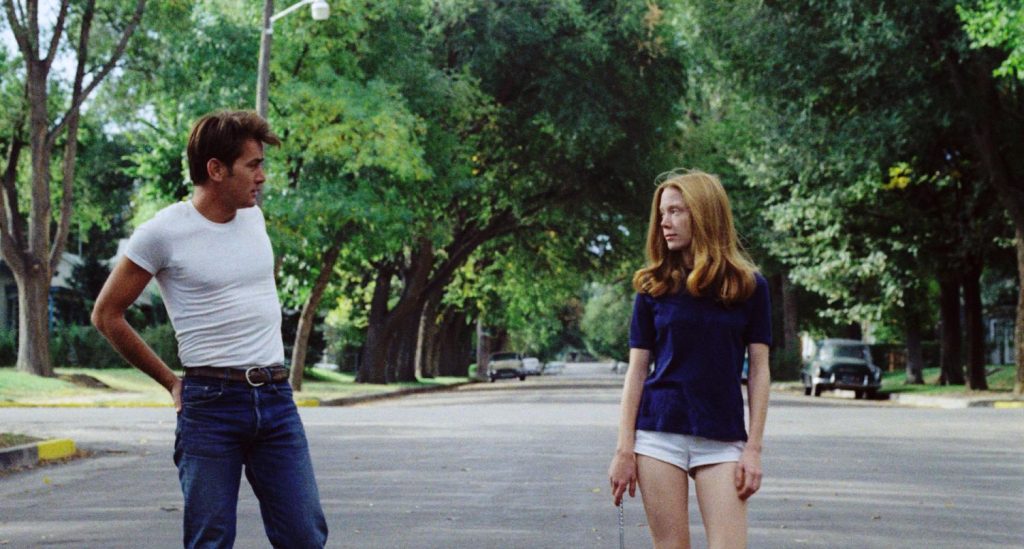
There are two Terrence Malick Films in Pawel Pawlikowski’s Top 10 Films of All Time List. He says, “In the mid-seventies I got more into the art of cinema (and into the arts in general), which coincided with a great period in American cinema. I got seriously hooked on Taxi Driver, Badlands, Days of Heaven. These films with alienated heroes, where landscape becomes soul-scape.
Highly Recommended: Every Terrence Malick Film Ranked
They made me realize that cinema can be this amazing space where images, words, faces, landscapes, and music all melt together in a mysterious way. Even now, my favorite films are those that take you out of yourself, that make you enter this other world on-screen. These three films did exactly that to me.”
5. Loves of a Blonde (1965) | Director: Milos Forman
“When I got into documentaries in the mid-eighties, I discovered how you could not just observe but also sculpt reality. This is when I fell in love with the Czech New Wave. So Forman, Passer, Nemec.
Loves of a Blonde [1965] Review – When Political Practices Invades Youthful Romantic Impulses
My favorite film from that era is probably Loves of a Blonde, which looks at the world without an agenda, rhetoric, or plot mechanics, but with lots of empathy and irony. It shows that if you have a good sense of casting and know where to put the camera and when not to cut, the most ordinary things can be lifted into something poetic and timeless.”
6. Vivre Sa Vie (1962) / Pierrot Le Fou (1965) | Director: Jean-Luc Godard
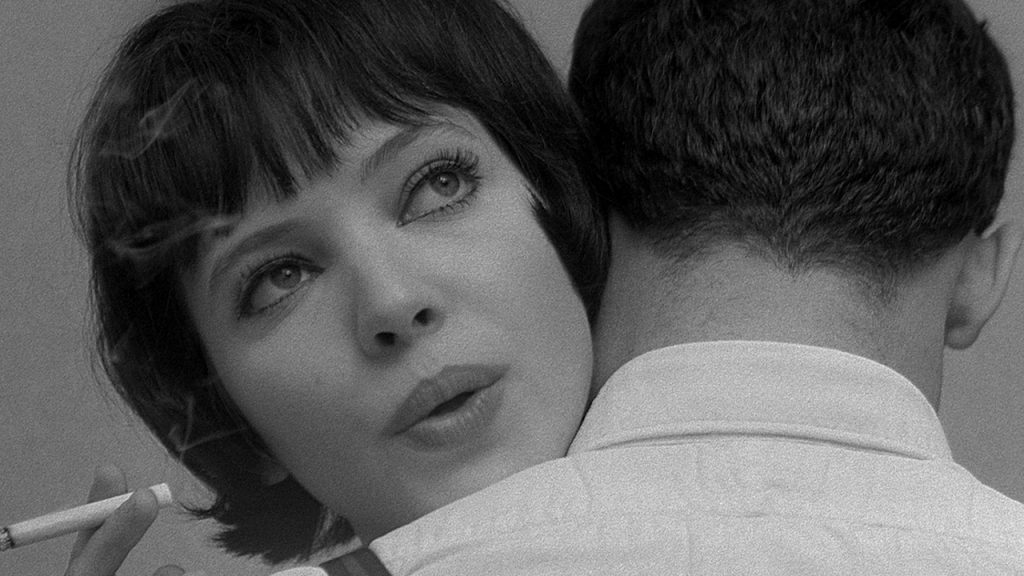
There are two Godard Films in Pawel Pawlikowski’s Top 10 Films of All Time List. He says, “I love both equally. In Pierrot le fou it was the garish colors, footloose narrative, and moments of total ennui where nothing happens and Anna Karina suddenly breaks into song for no good reason. In Vivre sa vie it was the black-and-white photography, the off-center, often flat and seemingly accidental compositions, and the unexpected camera tracks.
Must-Read: Pierrot Le Fou [1965]: An Internal Conflict
I loved the intimate connection between the camera and the actress, and the narrative jumps and philosophical digressions. It all gave you the sense that cinema is jazz and anything goes, as long as you get back into the beat and the key at the right time.”
7. À Nos Amours (1983) | Director: Maurice Pialat
“An amazing film. I fell in love with Cassavetes when I first came across him with Husbands, but I can’t watch his films anymore because it seems like there’s a bunch of actors showing off in front of a shaky camera, whereas Pialat’s À nos amours has aged well.
Recommended: Sebastián Lelio’s Top 10 Films of All Time
It has an austerity and a real sense of danger about it. It makes you feel the pain of being alive quite viscerally. His more formal and pictorial Van Gogh is also difficult to forget.”
8. Ivan’s Childhood (1962) | Director: Andrei Tarkovsky

“The Mirror was the closest cinema came to poetry. Tarkovsky abandoned narrative and mixed up different perspectives, stitching together the personal and the historical in a totally unique way. He made some other powerful films, but for me The Mirror is the one I keep going back to for air and inspiration. Its collage, fractured-mirror approach and refusal of anything literal and linear make sure the film will always keep its power and mystery, not unlike Eliot’s Waste Land.
Highly Recommended: Andrei Tarkovsky as an Existentialist Cinematic Philosopher
I have a problem these days getting through Tarkovsky’s more linear films, with these long, slow tracking shots that have spawned so many imitators (mainly male directors who love to exercise their power over a captive audience for hours). The other Tarkovsky film I can watch repeatedly and keep discovering anew is Ivan’s Childhood.”
9. La Dolce Vita (1960) / 8½ (1963) / Amarcord (1973) | Director: Federico Fellini
There are three Fellini Films in Pawel Pawlikowski’s Top 10 Films of All Time List. He says, “And of course there’s Fellini, who has been with me most of my life. I remember seeing La dolce vita in the sixties as a kid. I couldn’t follow all of it and dropped off a few times, but some scenes stayed with me forever. Like the sea monster with the staring eye at the end of the film and the young girl shouting something to Marcello, who can’t hear her.
Fellini-esque: The Great Beauty [2013]: Life and Lies
Later I fell in love with Amarcord and 8½. The latter has become one of these comfort films I go back to watch every now and again, to reassure myself about the point of it all. It’s about being an artist and an impostor, and the endlessly complicated relations between men and women. There’s a freedom and honesty about these films, and each one has a form all its own.”
10. Mulholland Dr. (2001) | Director: David Lynch
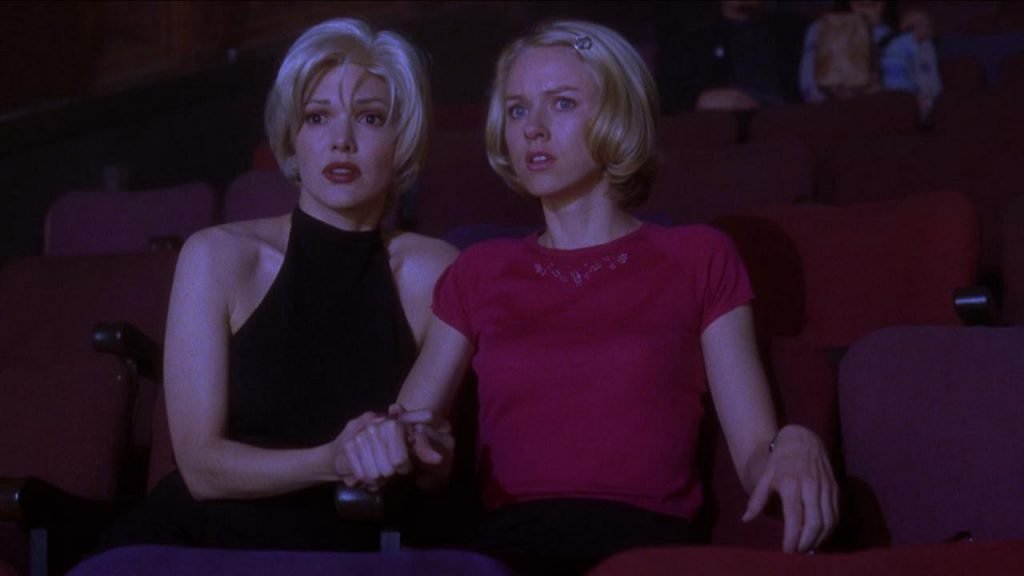
“Over the last thirty years, inspired amateurs and adventurers have become scarce and a lot of cinema tends to be produced by strict industrial norms. So I’m always on the lookout for any spark of life and originality, if only to reassure myself that cinema still has somewhere to go.
Highly Recommended: The Anatomy of David Lynch
So of course there are some Charlie Kaufman and Coen brothers films, and Cristi Puiu’s wonderfully grim Death of Mr. Lazarescu. But the film that took me on a ride into the unknown in the most irresistible and disturbing way, and still continues to haunt me, is Mullholland Dr. A similar thing happened to me more recently with Ciro Guerra’s hypnotic Embrace of the Serpent and Nuri Bilge Ceylan’s Once Upon a Time in Anatolia, both road movies of sorts, following an obsessive course through a strange yet familiar territory.



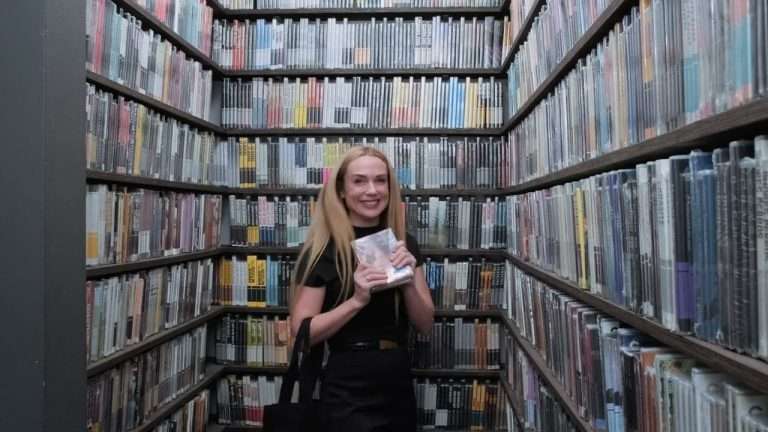
![Voyage of Time [2016] – As Banal As It Is Forgettable](https://79468c92.delivery.rocketcdn.me/wp-content/uploads/2017/09/voyage-of-time-2-768x432.jpg)
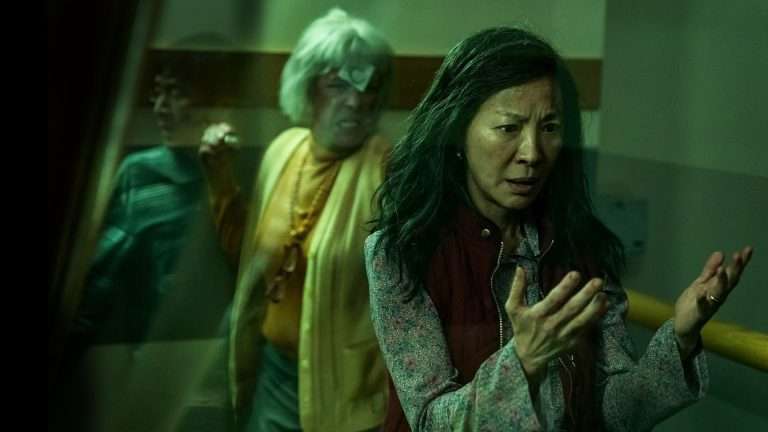
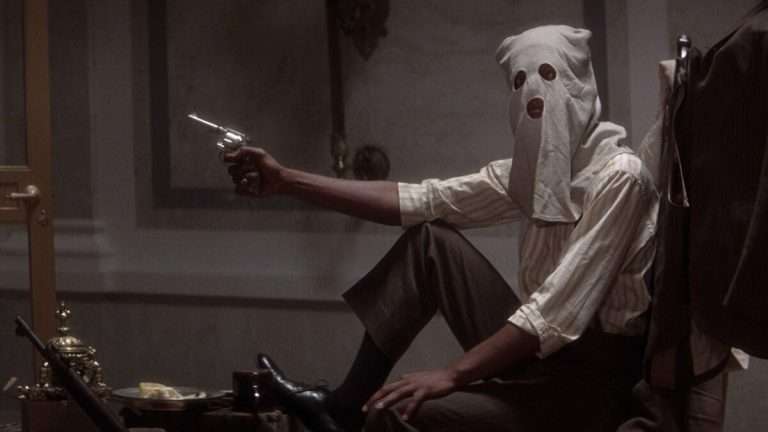
![Faces Places [2017] – A Joyful and Wistful Journey of a Preeminent Artist](https://79468c92.delivery.rocketcdn.me/wp-content/uploads/2018/04/FP-cover-768x432.jpg)
![[Watch] Video Essay Exploring High and Low Art in Jean-Luc Godard’s Alphaville](https://79468c92.delivery.rocketcdn.me/wp-content/uploads/2018/05/LEMMY-CONTRA-ALPHAVILLE-768x397.jpg)